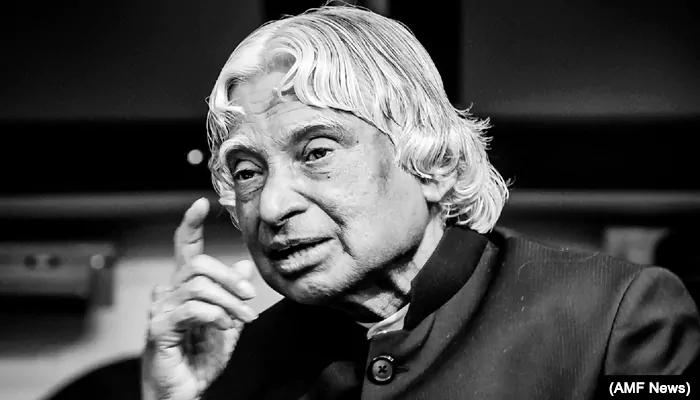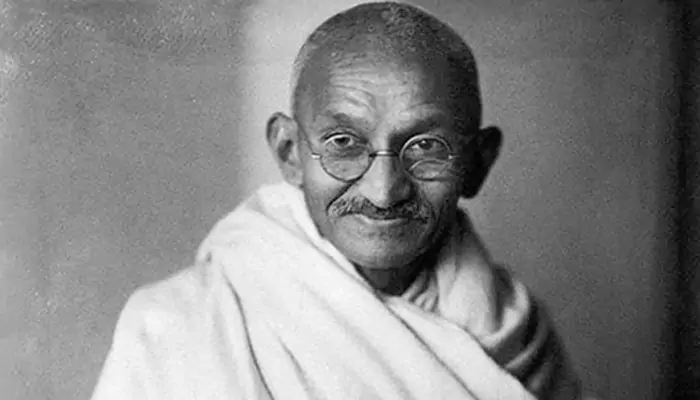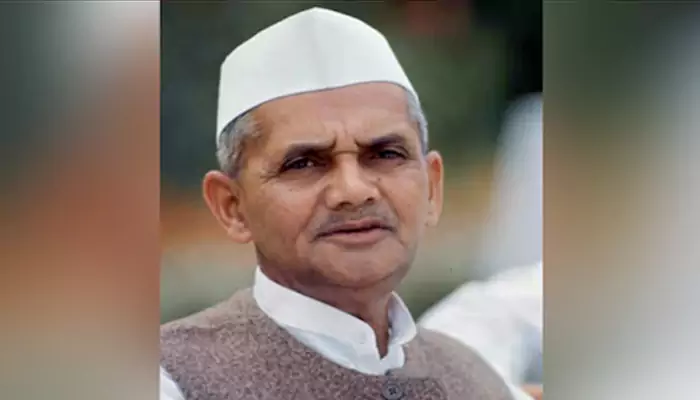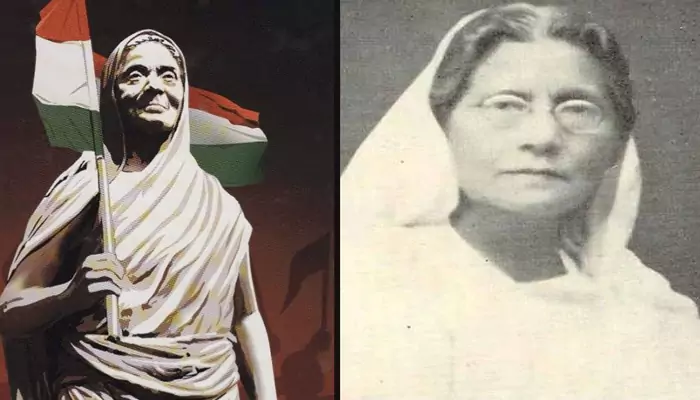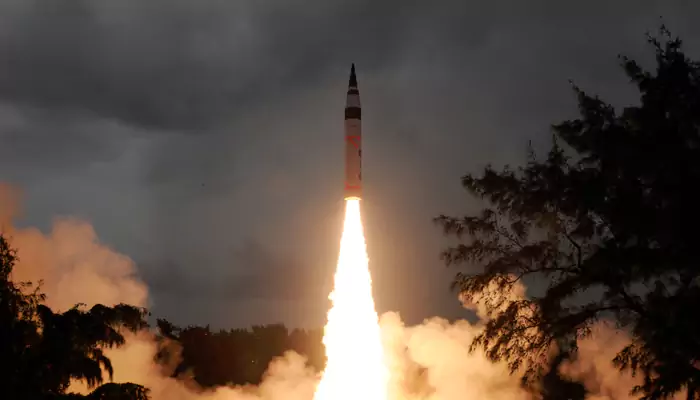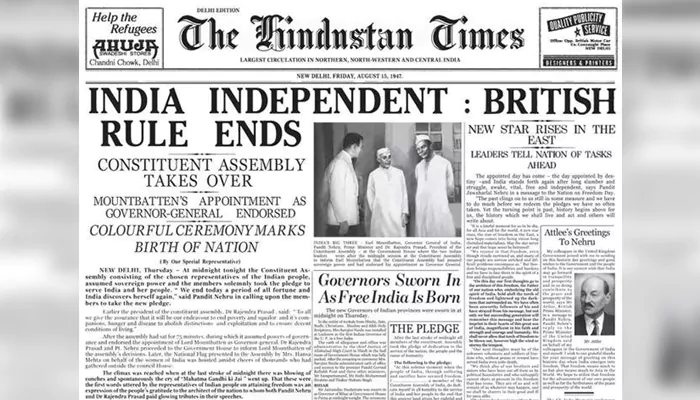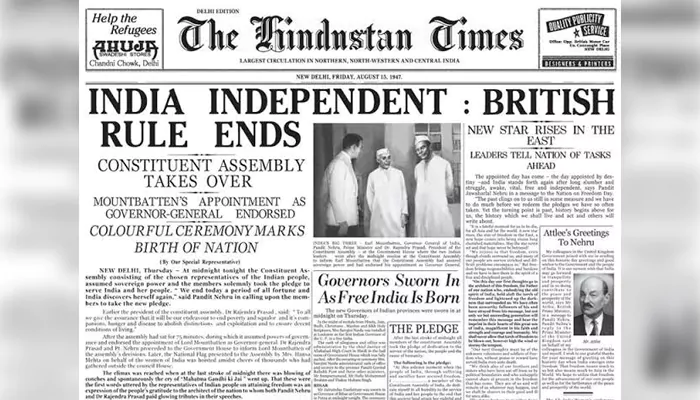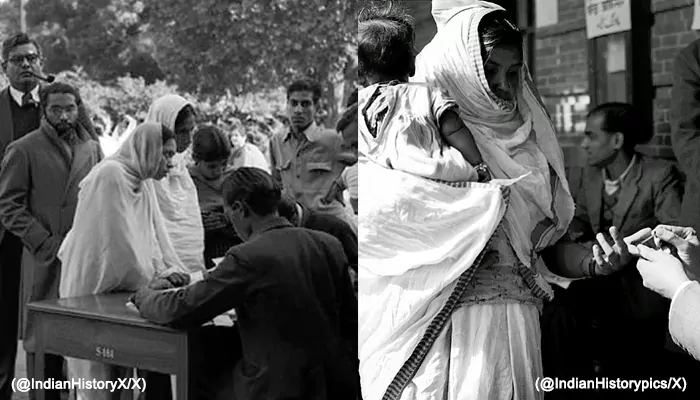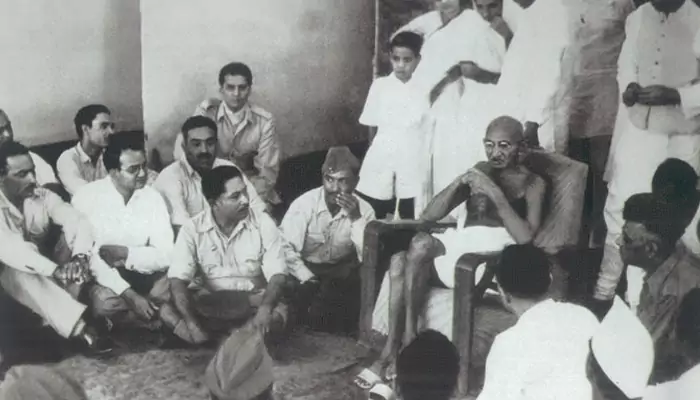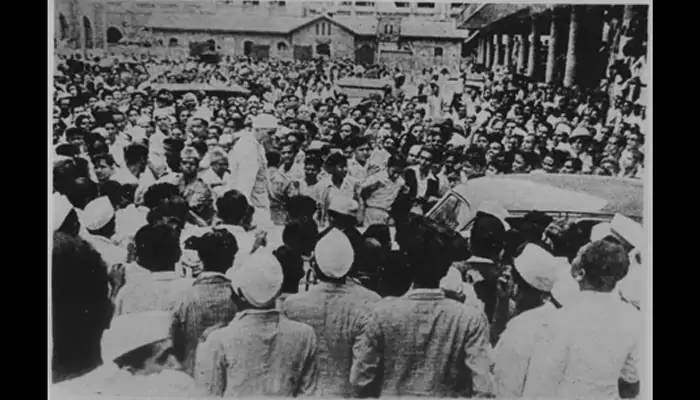Independence Day Special - From Morse Code to ISRO: India’s Scientific Journey Since 1947
- Soham Halder
- 4 months ago
- 3 minutes read
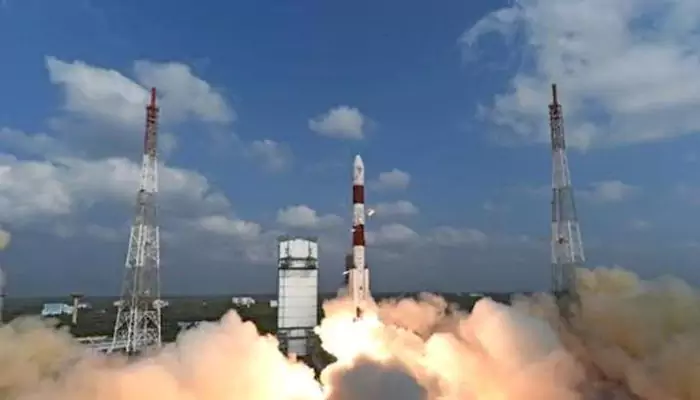
Tracing the signal from a beeping Morse to the roar of a PSLV.
When India gained independence in 1947, the nation’s scientific canvas was more a blank slate than a bustling lab. Communication revolved around the Morse code telegram, while radio was the mass medium. Laboratories were scarce, research budgets were modest, and infrastructure was in its infancy. Yet, the leaders of our country envisioned a future where science and technology would fuel self-reliance. We are talking about an era when every innovation was more than a discovery; it was a statement of independence.
1950s: Laying the Foundation Stones
The 1950s witnessed the birth of iconic institutions such as the Indian Institutes of Technology (IITs) and the Council of Scientific and Industrial Research (CSIR) expansion. The nation poured effort into agriculture, engineering, and industrial research. Steel plants, dams, and fertilizer factories emerged, embodying Prime Minister’s vision of “temples of modern India.” The emphasis was clear — India’s freedom wasn’t just political; it was also technological.

1960s: Green Revolution and Space Dreams
Green
The 1960s brought two defining moves: the Green Revolution and the birth of India’s space ambitions. With famine threatening the young republic, scientists like Dr. M. S. Swaminathan spearheaded the Revolution, introducing high-yield seeds and advanced irrigation systems. Simultaneously, the Indian National Committee for Space Research (INCOSPAR), led by Dr. Vikram Sarabhai, was established. In 1963, India launched its first sounding rocket from Thumba; in a church courtyard! The seeds of ISRO had been sown.

1970s–1980s: Satellites, Supercomputers, and Self-Reliance
The 1970s witnessed Aryabhata, India’s first satellite, take to the skies in 1975. By the 1980s, India started building its own launch vehicles and expanding its nuclear program. In the computing sphere, the country made a bold leap with the creation of the Param supercomputer in 1991, after facing technology denial from abroad. These decades were about proving that India could not just participate in global science but lead in innovation.

1990s–2000s: The IT Wave and Global Recognition
The 1990s brought liberalization, which transformed India into an IT powerhouse. Software exports skyrocketed, Indian engineers became sought-after worldwide, and cities like Bengaluru earned the title of “Silicon Valley of India.” At the same time, ISRO quietly kept breaking records: from the PSLV’s precision launches to Chandrayaan-1 in 2008, which later confirmed the presence of water molecules on the Moon.

2010s–Present: The Space Age of India
The last decade has been a golden chapter for Indian science. ISRO stunned the world with the Mars Orbiter Mission (Mangalyaan) in 2014, a budget-friendly interplanetary mission that succeeded on the first attempt. The Chandrayaan-2 mission aimed for the Moon’s south pole, while Chandrayaan-3 made history in 2023 with a perfect soft landing there. Today, India is working on the Gaganyaan mission to send its first astronauts into space, showcasing how far we’ve come from tapping Morse code messages.

The Road Ahead
From renewable energy innovations to advancements in artificial intelligence (AI), biotechnology, and quantum computing, India’s scientific journey is far from over. The country is also championing affordable healthcare tech, indigenous defence manufacturing, and sustainable agricultural practices. The foundation laid in 1947 has now become a launchpad for global leadership.
As the tricolour flutters this Independence Day, it reminds us not just of freedom from colonial rule but of the liberty to dream, discover, and design our destiny.
India’s scientific story is proof that the spirit of innovation is as inseparable from the nation as the saffron, white, and green.

